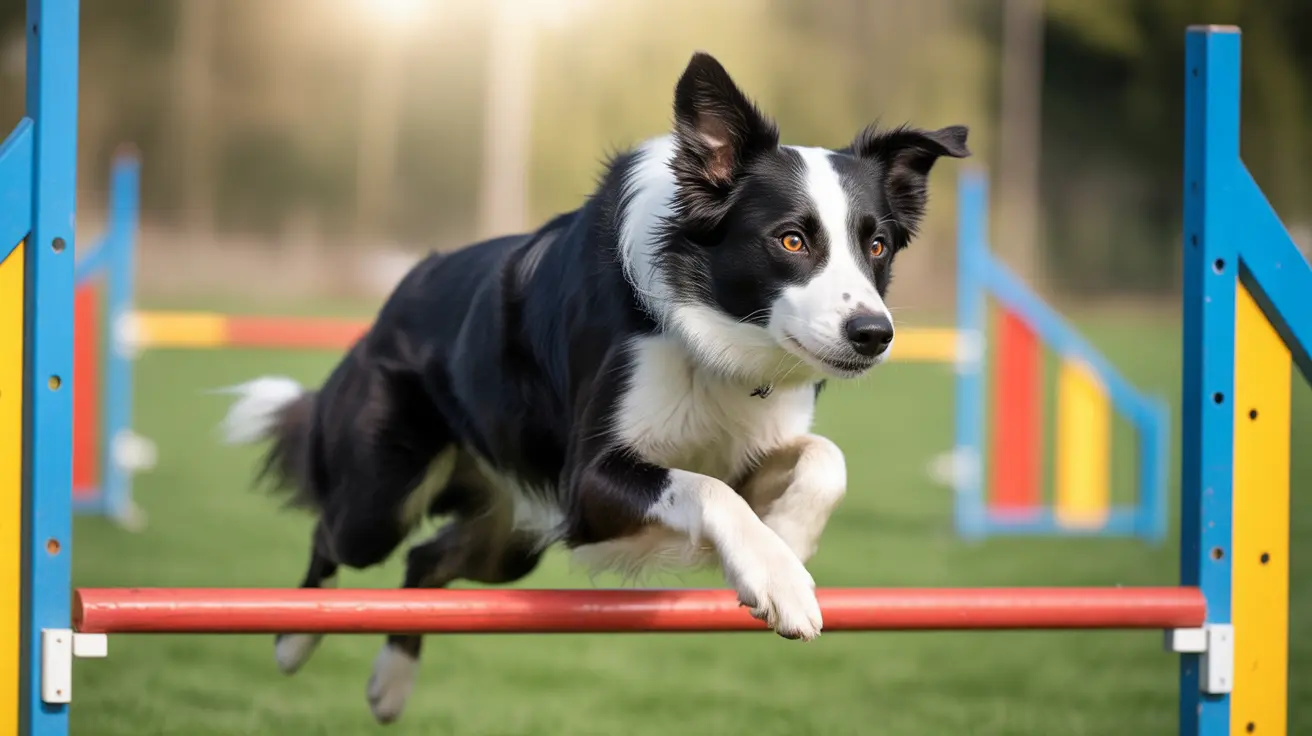Understanding Why Your Dog Is Suddenly Afraid to Go Outside at Night
Many pet owners are puzzled when their once-brave dog suddenly hesitates or even refuses to go outside at night. While dogs are not inherently afraid of the dark, several environmental, physiological, and psychological factors can influence their nighttime behavior. Understanding the possible causes can help you support your canine companion through their fear and help them regain confidence in the dark.
Why Dogs May Be Afraid of the Dark or Nighttime
Though dogs generally see better in low light than humans, complete darkness can still be disorienting. More importantly, their fear may stem from specific associations or diminished senses rather than the darkness itself. Below are common reasons why your dog might suddenly resist going outdoors at night:
- Negative past experiences: If your dog was startled, punished, or lost in the dark previously, they might connect nighttime outings with fear or distress.
- Separation anxiety: Dogs that suffer from this condition may find nighttime especially isolating, making them hesitant to venture into darkness alone.
- Age-related issues: Older dogs often develop conditions like cataracts or cognitive dysfunction, making them feel vulnerable in dark or unfamiliar settings.
- Lower sensory input: While dogs rely on smell and hearing, vision still plays a role. In cluttered or unfamiliar environments, poor lighting can add stress, particularly for visually impaired dogs.
- Unsettling nighttime noises: Sounds are often amplified in the quiet hours, which may stress dogs. Animals, rustling leaves, or car noises can easily trigger anxiety or defensive behaviors.
- Change in environment or routine: A recent move or alteration in the dog’s daily schedule can leave them feeling unsettled, especially in low-light settings.
- Lack of exposure: Puppies or newly adopted dogs unfamiliar with the dark may need time and positive exposure to feel secure.
- Past trauma: Dogs with previous abuse or neglect, particularly in dark or confined spaces, may associate darkness with those experiences.
- Temperament or breed traits: Highly alert or naturally anxious dogs may be more sensitive to being outdoors at night due to their heightened awareness.
Signs Your Dog Is Afraid of the Dark
Dogs typically express fear or stress in clear, observable ways. Watch for these symptoms:
- Refusal to enter dark areas or go outside at night
- Excessive barking, whining, or howling when it’s dark
- Restlessness or pacing indoors when it’s time to go out
- Clinging behavior or seeking constant company
- Attempts to hide, escape, or engage in destructive behavior at night
- Preferring to sleep in well-lit spaces
How to Help Your Dog Overcome Nighttime Fear
The good news is that most dogs can be guided toward feeling more secure through gentle strategies and positive reinforcement. Consider the following techniques:
- Use a nightlight: Adding a soft light near your dog’s sleeping area or the exit door can help ease anxiety, particularly for senior or visually impaired dogs.
- Create a secure environment: Provide your dog with a designated sleep area featuring their favorite bed, blanket, and familiar scents. A crate can be a safe space if positively introduced.
- Introduce the dark gradually: Use treats and praise to encourage your dog to enter dimly lit spaces. Slowly reduce lighting over several sessions to build comfort.
- Establish a calming bedtime routine: Include quiet bonding time, a short walk, or giving them a toy or blanket that smells like you to provide reassurance.
- Reduce startling noises: Inspect your home and yard for sources of unexpected sounds at night. Using white noise machines or calming music can also help mask disruptive sounds.
- Monitor for health issues: If the fear appeared suddenly, consult your veterinarian to rule out vision problems, pain, or neurological decline.
- Try calming aids: Pheromone diffusers, specially designed anxiety wraps, or calming chews recommended by your vet may help release tension.
- Seek professional help: If the condition persists, a certified dog trainer or behaviorist using reward-based techniques can provide tailored solutions.
- Avoid punishment: Never force your dog into situations they find frightening or scold them for fearful behavior. Patience and support are essential.
- Consider separation anxiety protocols: Keeping your dog’s sleeping space close to family members or positively crate training may reduce nighttime isolation.
When to Call the Vet
If your dog is older or suddenly develops fear-related behaviors at night, a checkup is wise. Your vet can help identify any underlying medical issues contributing to their anxiety and recommend specific treatments or behavior plans.
Conclusion
Although genuine fear of darkness is rare, it's not uncommon for dogs to associate nighttime with stress due to sensory decline, unfamiliar noises, or changes in environment. By identifying the cause and using supportive, structured interventions, you can help your dog feel safer and more comfortable going outside after dark.





